Description
INTRODUCTION
Popularly known as Africa’s beauty secret, Marula Oil comes from wild growing trees of Sclerocarya birrea Anacardiaceae and is hand-harvested from the most pristine and remote rural communities of South Africa. It is a single stemmed tree – up to 20m in height – with grey mottled bark and a wide spreading crown. It is resistant to extreme drought conditions and grows widely at low altitudes in open woodlands of Sub-Saharan Africa.
The marula fruit is about the size of a plum with a leathery skin that is bright butter yellow when if fully ripens. The flavorful juicy white flesh of the fruit surrounds a hard brown stone, inside which are the seeds that are so rich in oil that even a squeeze with the hand can release a rich yield. The flavour of the fruit is very similar to a cocktail of guava, lychee, apple and pineapple. The fruit is not only popular among the African people but also with elephants which have been known to travel hundreds of miles to devour the fruit. The popular African liqueur Amarula is also derived from the marula fruit. The harvest of Marula takes place between February and June.PHYSICAL APPEARANCE
Pale yellow to golden yellow colored liquid to off-white solid.
REPORTED BENEFITS
Marula’s therapeutic and healing oil has long been revered by the Southern African women who use it as a moisturizing body lotion to naturally soften, nourish and revitalise their skin and to promote hair growth. Its super emollient properties make it extremely popular as an ingredient for skin care products that treat dry and chapped skin. Marula Oil contains a large percentage of monounsaturated fatty acids and natural antioxidants which makes it one of the most stable oils available, being ten times more resistant to oxidation than olive oil.
This amazing Marula Oil is beneficial not only the skin, but also the communities that are producing it. Marula Oil has been a nature’s gift that has contributed to rural and social economic development of African communities where it has empowered and uplifted women and provided a sustainable income for families in the tribal lands.FATTY ACID PROFILE
|
FATTY ACID |
SPECIFICATIONS (%) |
|
Palmitic Acid?C16:0 |
9.00 ? 12.00 |
|
Stearic Acid?C18:0 |
5.00 ? 8.00 |
|
Oleic Acid?C18:1 (n-9) |
70.00 ? 78.00 |
|
Linoleic Acid?C18:2 (n-6) |
4.00 ? 7.00 |
|
Alpha-Linolenic Acid??C18:3 (n-3) |
0.10 ? 0.70 |
|
Arachidic Acid?C20:0 |
Maximum 1.00 |
Sclerocarya birrea6197

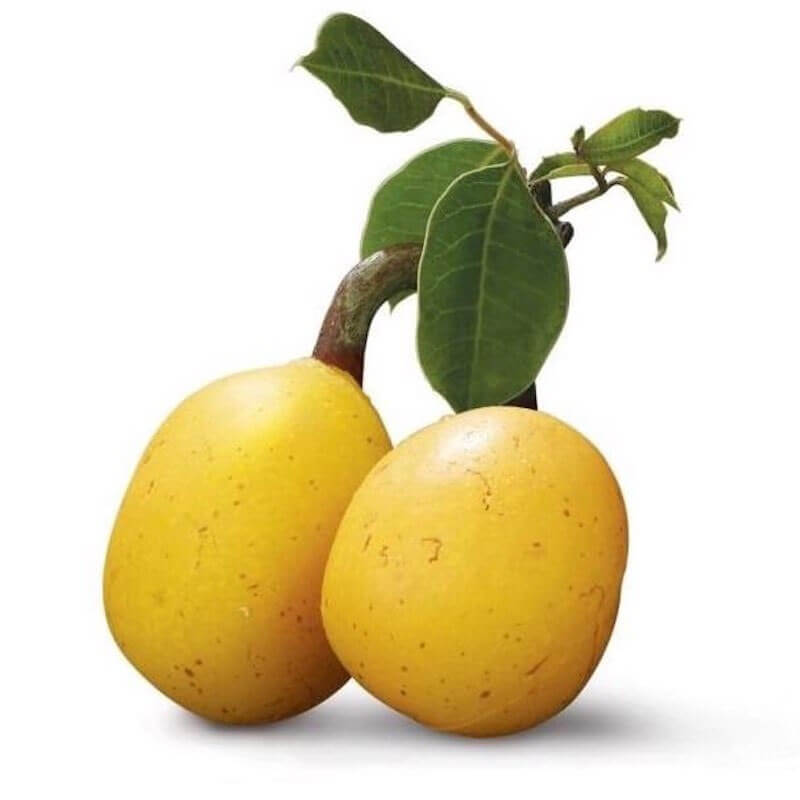
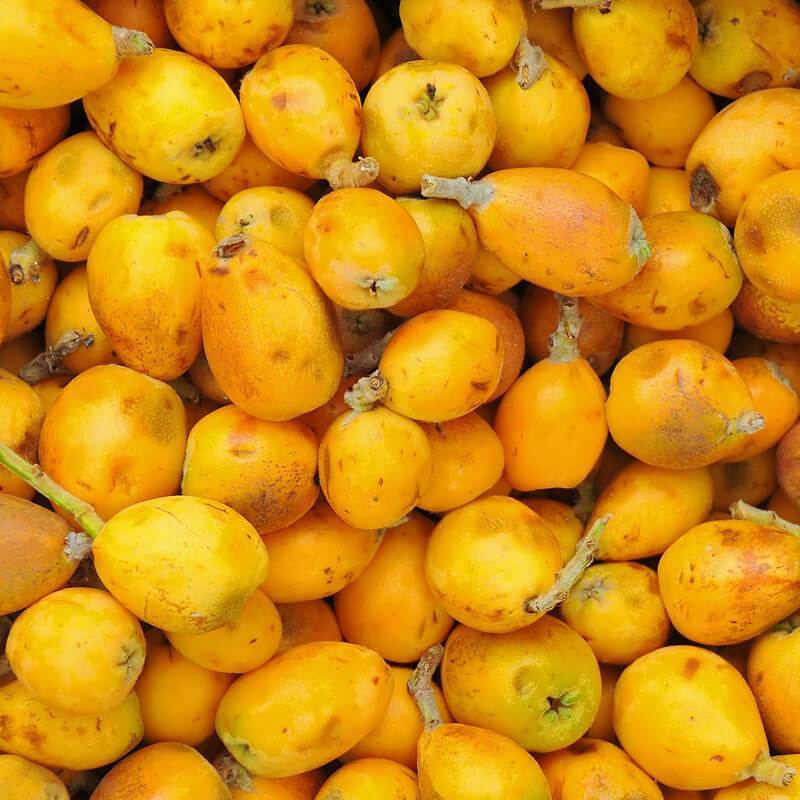



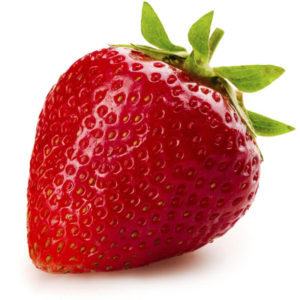
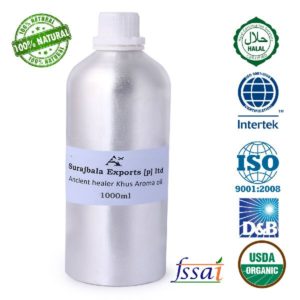
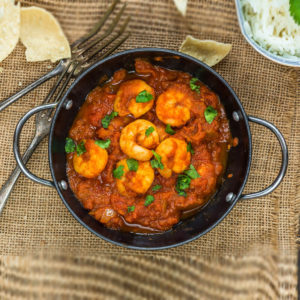
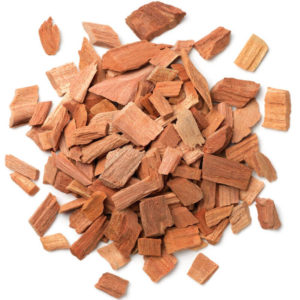
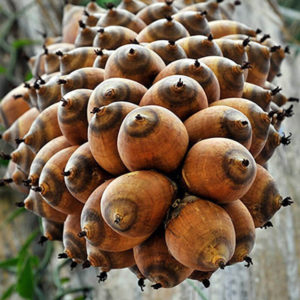
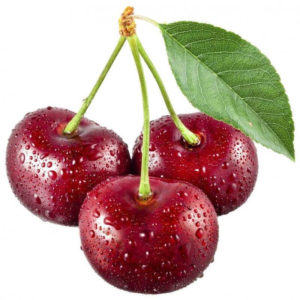
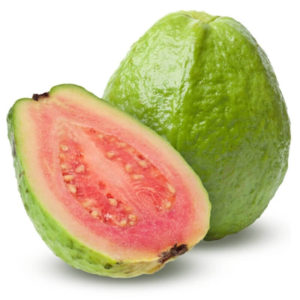
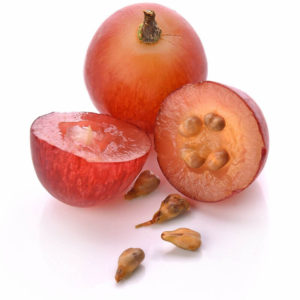
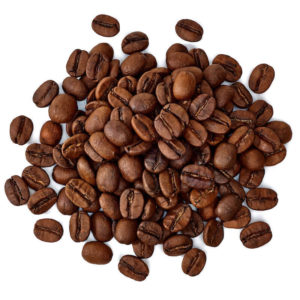
Reviews
There are no reviews yet.